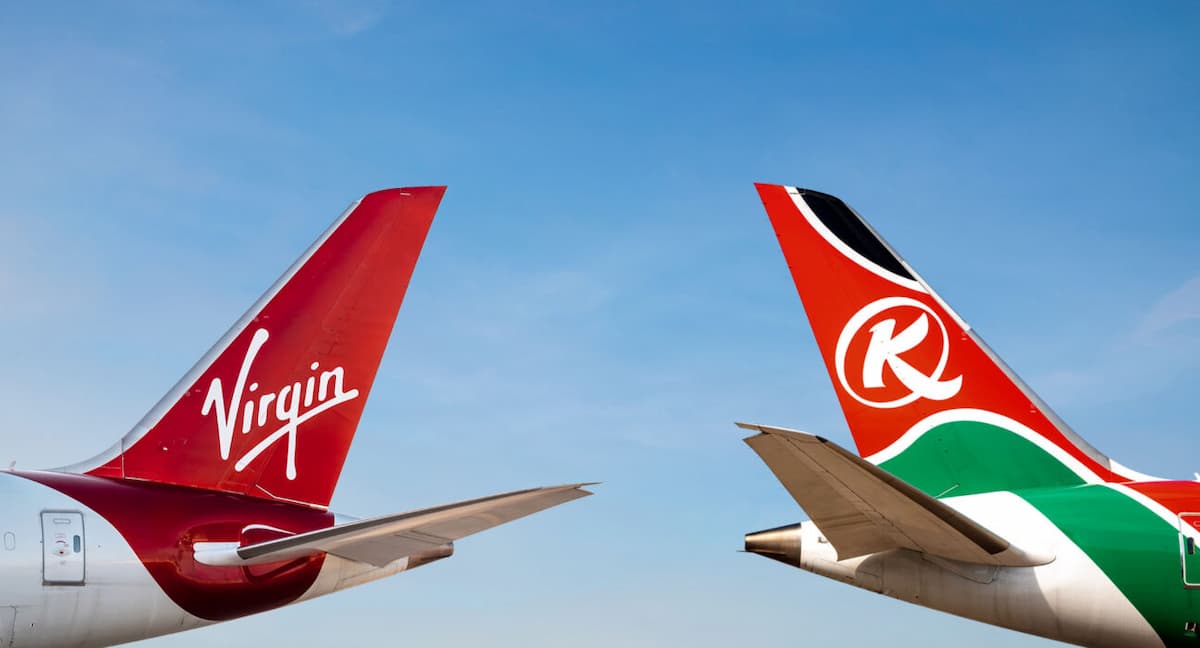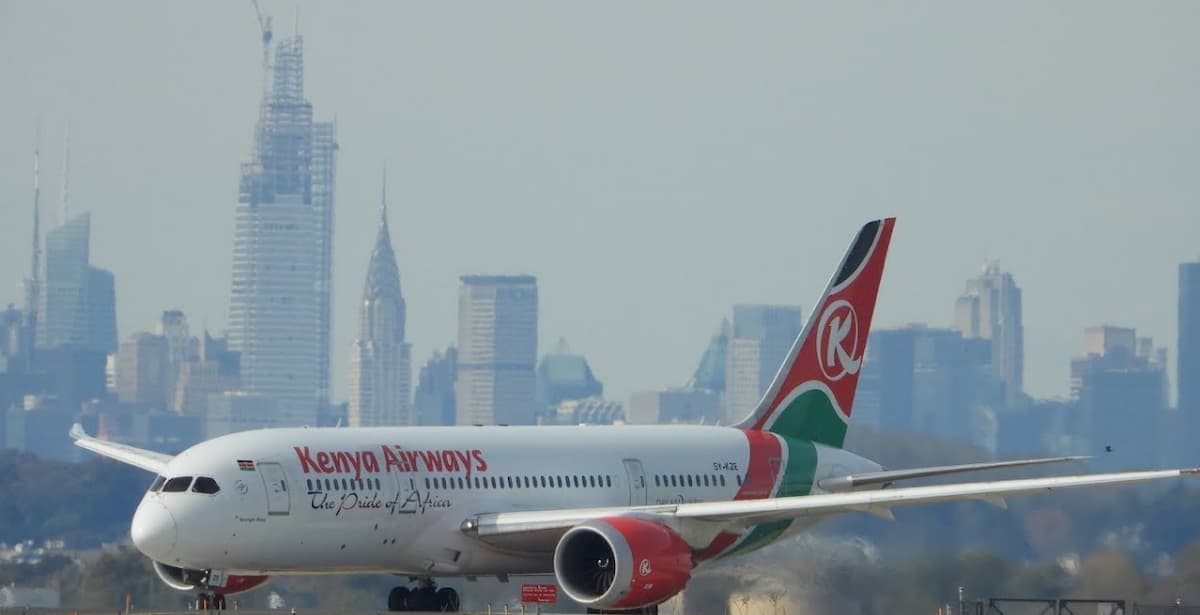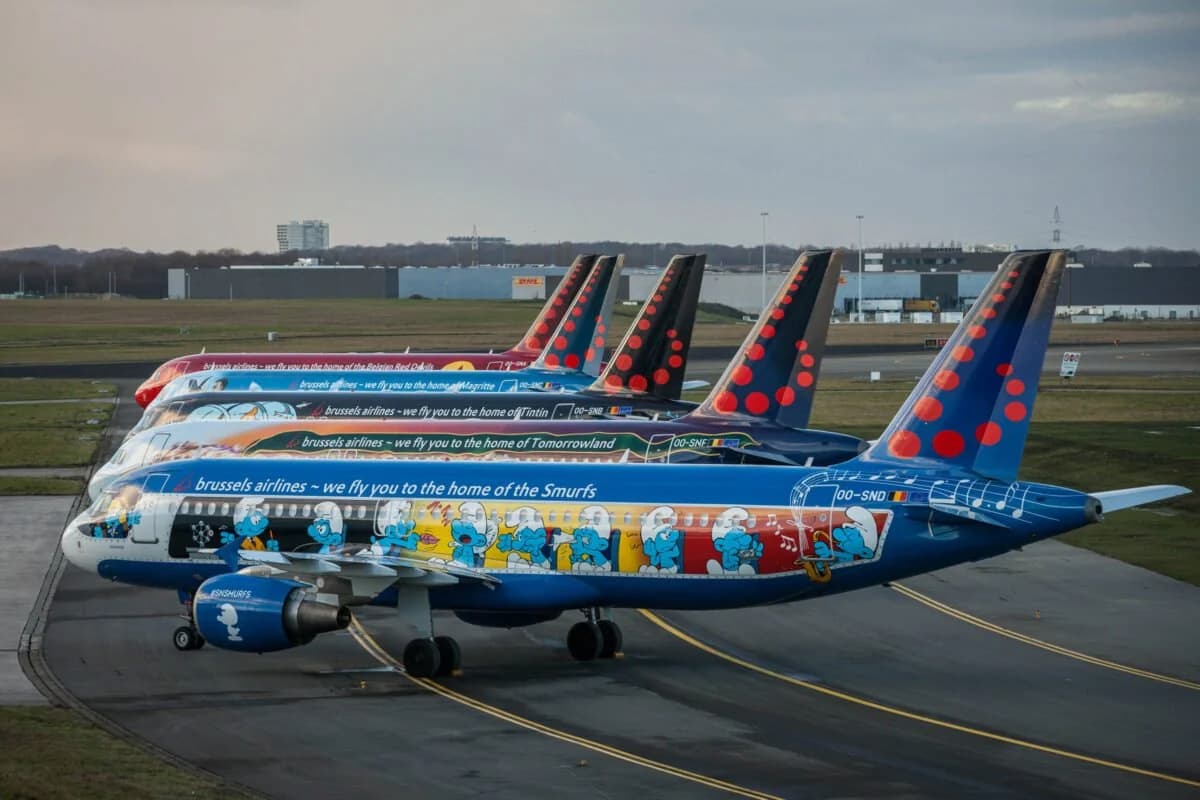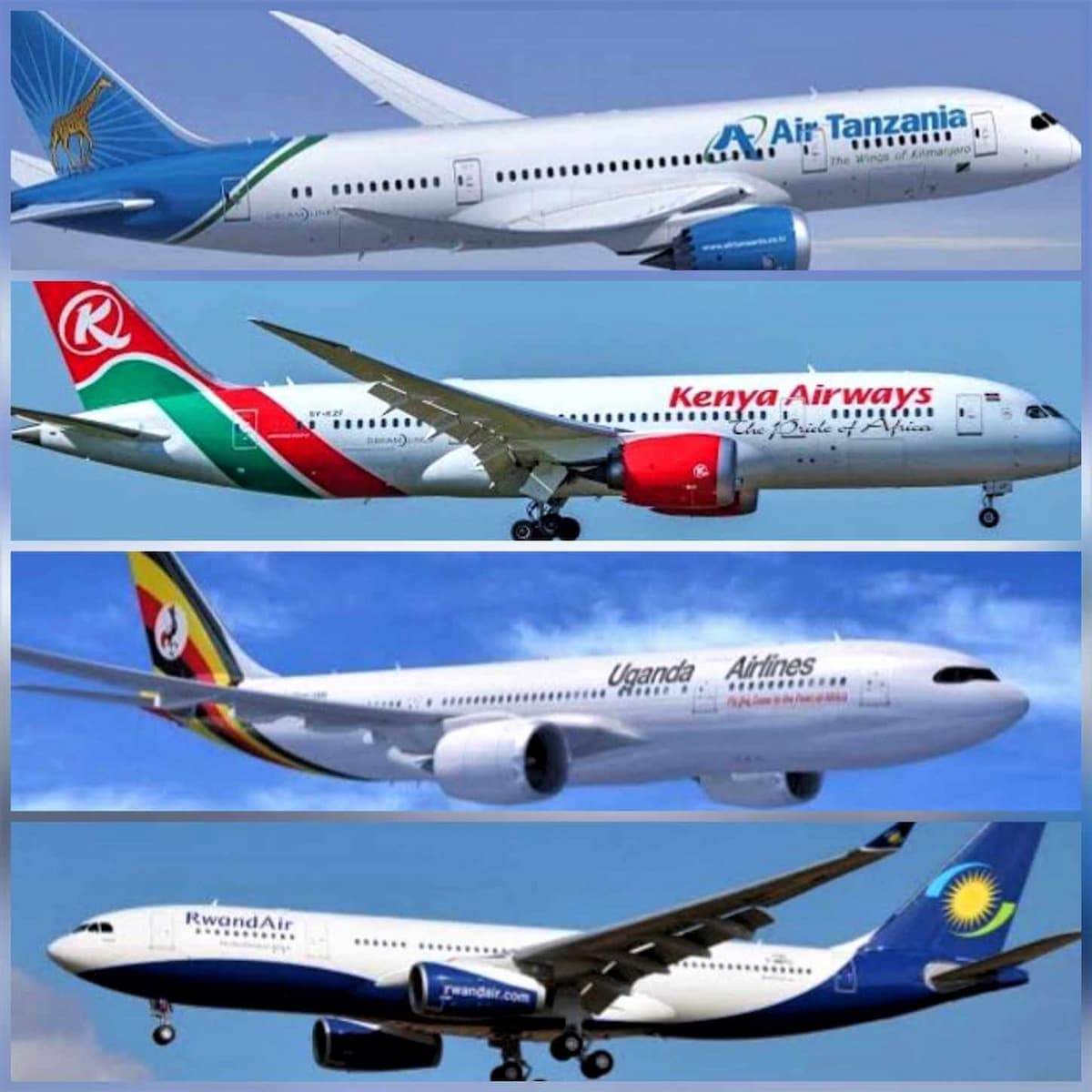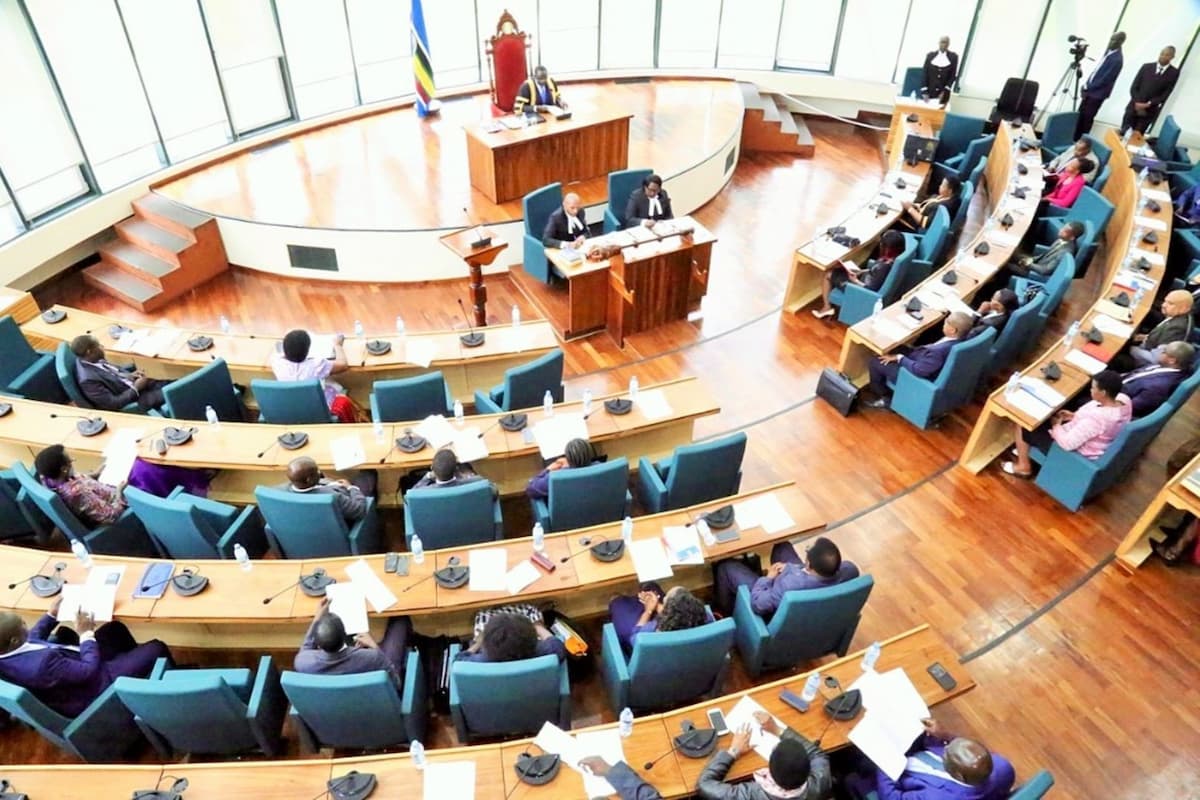The African travel industry is on the brink of a significant resurgence, with leaders and stakeholders gearing up for an event that promises to catalyze growth, foster innovation, and showcase the continent’s vast potential as a travel destination. The World Travel Market (WTM) Africa 2024, scheduled to take place from 10 to 12 April 2024 in the vibrant city of Cape Town, South Africa, is set to be a pivotal gathering for professionals across the travel industry. This comprehensive article delves into what makes WTM Africa 2024 not just an event but a milestone in shaping the future of travel on the continent.
The Essence of WTM Africa 2024
WTM Africa has established itself as a leading travel and tourism event, bringing together global brands, African entities, and travel professionals from all over the world to engage in meaningful discussions, forge partnerships, and explore the latest trends shaping the industry. The 2024 edition of WTM Africa aims to build on this legacy, offering a platform for showcasing sustainable tourism practices, innovative technologies, and the diverse cultural and natural heritage that Africa has to offer.
Uniting Industry Leaders
One of the core strengths of WTM Africa 2024 lies in its ability to unite leaders from various facets of the travel industry. From tour operators and travel agents to government officials and tech startups, the event promises a convergence of ideas and expertise that is rare to find elsewhere. This gathering of minds is crucial for addressing some of the pressing challenges facing the industry, including sustainable tourism development, digital transformation, and enhancing connectivity within the continent and beyond.
Spotlight on Sustainable Tourism
Sustainability is set to be a major theme at WTM Africa 2024, reflecting a growing consciousness within the industry about the environmental, social, and economic impacts of travel and tourism. The event will feature discussions on how to balance tourism growth with conservation efforts, support for local communities, and the preservation of cultural heritage. Exhibitors and speakers will share success stories and best practices, offering insights into how sustainable tourism can be a powerful tool for development and conservation in Africa.
Harnessing Digital Innovation
Digital innovation is transforming the travel industry at an unprecedented pace, and WTM Africa 2024 will be a showcase for the latest technological advancements. From artificial intelligence and virtual reality to mobile platforms and blockchain technology, the event will explore how these tools can enhance the travel experience, improve operational efficiency, and create new opportunities for growth. Startups and tech companies will have the opportunity to demonstrate their solutions, highlighting the role of technology in driving the future of travel in Africa.
Cultural and Natural Heritage
Africa’s rich cultural diversity and natural beauty are among its greatest tourism assets. WTM Africa 2024 will celebrate this heritage, offering a platform for destinations to showcase their unique attractions, from world-class wildlife safaris and breathtaking landscapes to vibrant cities and ancient historical sites. The event will also highlight cultural tourism initiatives that provide immersive experiences while supporting local traditions and livelihoods, reinforcing the idea that tourism can be a force for positive cultural exchange.
Boosting Intra-African Connectivity
Improving connectivity within Africa is essential for unlocking the continent’s tourism potential. WTM Africa 2024 will address the challenges and opportunities related to transportation infrastructure, air travel, and visa policies. Discussions will focus on collaborative efforts to enhance regional travel, making it easier for tourists to explore multiple destinations and for businesses to tap into new markets. The event will serve as a catalyst for initiatives aimed at boosting intra-African travel, contributing to economic growth and regional integration.
Empowering Local Communities
The empowerment of local communities through tourism will be a critical topic at WTM Africa 2024. The event will showcase community-based tourism projects that are making a difference by providing income opportunities, preserving local cultures, and promoting social inclusion. By putting a spotlight on these initiatives, WTM Africa aims to inspire further investment in community-led tourism, demonstrating how the industry can contribute to social and economic development across the continent.
Networking and Partnership Opportunities
WTM Africa 2024 is not just about discussions and exhibitions; it is also a prime opportunity for networking and forming new partnerships. The event’s carefully curated schedule includes matchmaking sessions, networking events, and business meetings designed to connect attendees with potential partners, investors, and clients. These interactions are vital for fostering collaboration across the industry, sparking innovation, and driving collective efforts towards a more sustainable and prosperous future for African travel.
WTM Africa 2024 is poised to be a landmark event for the African travel industry, offering a unique blend of inspiration, innovation, and collaboration. By uniting industry leaders, showcasing sustainable tourism practices, exploring digital advancements, and celebrating Africa’s cultural and natural heritage, the event aims to chart a course for the future of travel on the continent. As attendees gather in Cape Town, they will not only witness the potential of the African travel industry but also play a part in shaping its evolution. The journey towards a more connected, sustainable, and vibrant travel ecosystem in Africa continues, and WTM Africa 2024 is a crucial step forward on this path.
Source: Travel and Tour World.


